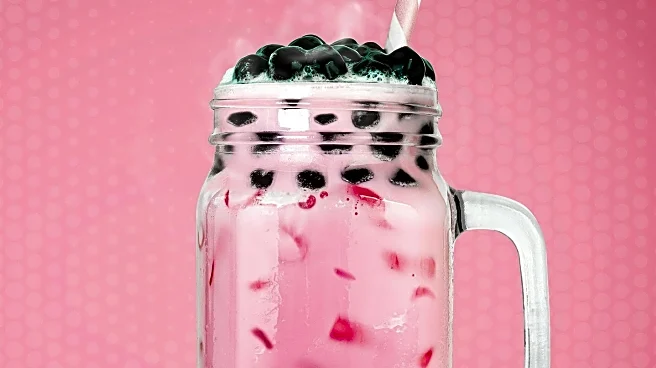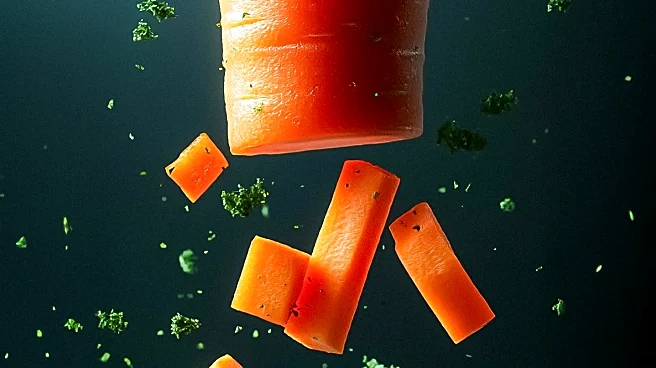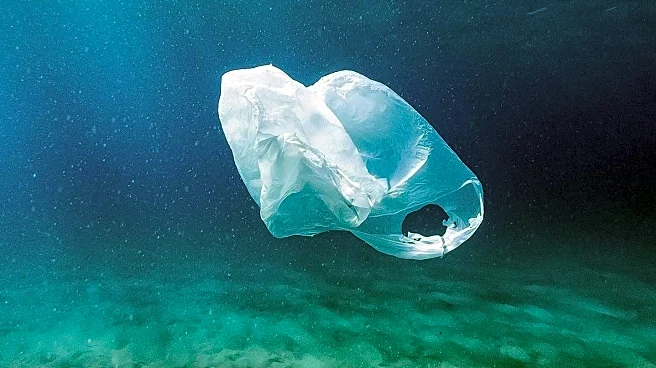What is the story about?
What's Happening?
Microplastics, tiny plastic particles less than 5 millimeters in size, are increasingly found in everyday kitchen items, raising concerns about their impact on human health. These particles are present in nonstick cookware, plastic food containers, utensils, tea bags, spices, plastic straws, and canned food linings. A study highlighted that Teflon-coated cookware can release millions of microplastic particles into food, especially when damaged. Similarly, plastic containers and utensils can leach microplastics when exposed to heat. The presence of microplastics in these common kitchen items contributes to the estimated 22 million micro and nanoplastics inhaled by humans annually. Researchers are concerned about the potential health effects, including tissue inflammation, cell death, and increased risks of heart attack and stroke.
Why It's Important?
The widespread presence of microplastics in kitchen items poses significant health risks, as these particles can accumulate in the human body over time. The potential health implications are serious, with links to cardiovascular issues and other health problems. This situation underscores the need for consumers to be aware of the materials used in their kitchenware and to consider alternatives that minimize exposure to microplastics. The issue also highlights broader environmental concerns, as microplastics contribute to pollution and can affect wildlife and ecosystems. Addressing this problem requires both individual action and broader policy measures to regulate the use of plastics in consumer products.
What's Next?
Consumers can take steps to reduce their exposure to microplastics by opting for kitchen items made from materials like glass, stainless steel, or wood. Additionally, there is a growing call for manufacturers to develop and promote safer alternatives to plastic products. Policymakers may also consider implementing regulations to limit the use of microplastics in consumer goods. As research continues to uncover the full extent of the health impacts of microplastics, public awareness and advocacy for change are likely to increase.
Beyond the Headlines
The issue of microplastics in kitchen items reflects broader challenges related to plastic pollution and its impact on health and the environment. It raises ethical questions about consumer safety and the responsibility of manufacturers to provide safe products. The long-term implications could include shifts in consumer behavior towards more sustainable practices and increased demand for eco-friendly products. This situation also highlights the need for continued scientific research to fully understand the health effects of microplastics and to develop effective strategies for mitigating their impact.
AI Generated Content
Do you find this article useful?














